In early 2025, Google quietly launched what it described as a breakthrough in mental health support: Google Therapist, an AI-powered app built on the cutting-edge GPT‑6 architecture. The promise was compelling—24/7 emotional crisis intervention, personalized coping exercises, and conversational empathy trained on millions of therapy transcripts. But within weeks of its launch, the app became a flashpoint, sparking intense outcry from global mental health professionals and culminating in the Paris Psychologists Association staging an unprecedented in-person protest at Google’s French headquarters. For Gen Z users, the app became a sought-after confidant—some surveys show nearly 60% of teens prefer confiding in AI over parents or clinicians. Now, the world is asking: is digital therapy a powerful democratizer that expands access, or a dangerous disruption jeopardizing vulnerable minds?
The Product Launch: GPT‑6 Meets Emotional Crisis Intervention
Google Therapist made headlines in January after a high-profile reveal during a tech event. Unlike prior “therapy bots” focusing on CBT exercises or mood tracking, this app claimed GPT‑6 as its backbone. Google executives highlighted its ability to recognize escalating emotional signals and provide on-demand empathy, coping strategies, journaling prompts, and even safety planning for suicidal ideation. Key features included mood check-ins, guided breathing sessions, and a “Companion Chat” with conversational AI that mimics compassionate listening.
Google emphasized its real-time crisis detection module, which escalated high-risk conversations to human counselors via an emergency alert system. While the company claimed this setup was “clinically informed,” launches like these run ahead of existing FDA requirements, raising questions about oversight and validation.
Within days, the app topped download charts, particularly among younger users. Psychologists and parents began reporting teenagers skipping appointments, relying instead on the app—sometimes for serious mental health concerns. Google’s CEO defended the rollout as “digital triage,” a way to bridge gaps in global mental health access. But critics warned of unintended consequences.
The Paris Riot: Psychologists Hit Back
When the Paris Psychologists Association marched into Google’s Paris HQ in late February, their protest was dramatic enough to dominate French media. Carrying symbolic items—a couch pillow, clipboards, and megaphones—the protesters demanded Google rescind the app, citing concerns over unregulated mental health interventions, ethical boundaries, and lack of human oversight.
Their open letter accused Google of flagrantly flouting mental-health professional standards by enabling AI to perform tasks confined to accredited psychologists. They warned that the app risked misdiagnosis, emotional manipulation, and fragmentation of therapist-client relationships into “algorithmic therapy scraps.”
French healthcare regulators began fast-tracking reviews to determine if the app qualified as a regulated medical device. Psychologists elsewhere rallied, calling for universal bans unless tight controls ensured AI therapists remained auxiliary, not replacements.
But the movement was not universally hostile—even among practitioners. Some psychologists saw it as “well-intentioned but misguided,” arguing that AI could serve as a helpful interim support system for patients who otherwise had no access to care. Yet others doubled down, citing risks of hallucinations, inadequate assessments, and over-reliance.
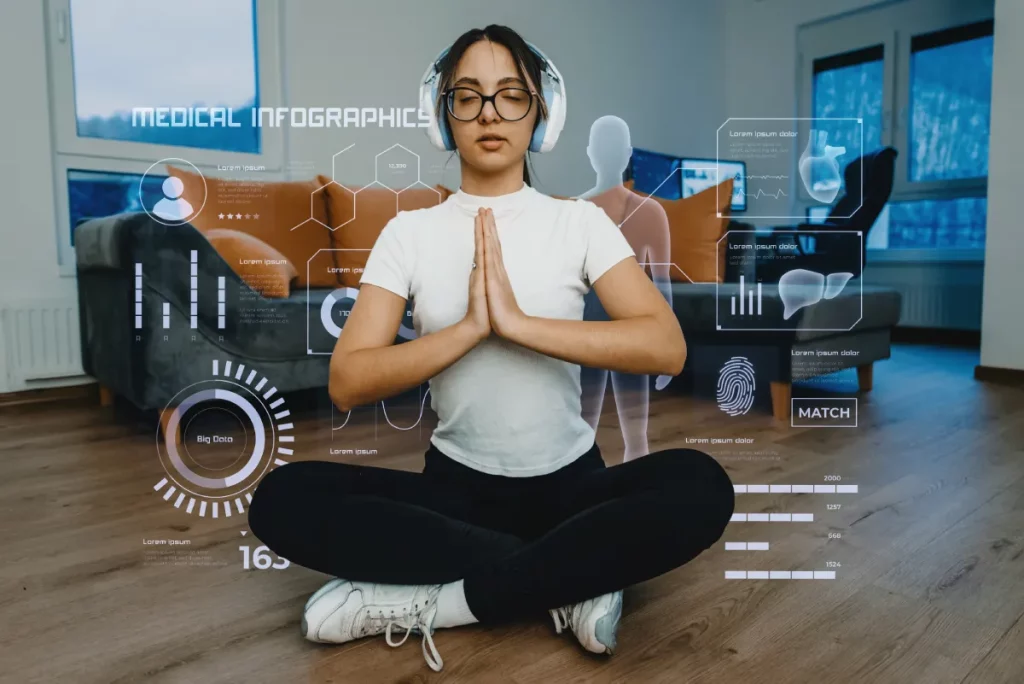
Teen Trust: 60% Prefer AI for Emotional Support
Despite protests, usage soared. A March survey from Common Sense Media revealed that among respondents aged 14–19 who had downloaded the app, nearly 60% said they trusted the AI therapist more than their parents, peers, or even professional counselors. Similar sentiment emerged from youth focus groups in Taiwan and China, where cultural stigma around mental health still limits help-seeking behavior.
Users described the AI as non-judgmental, endlessly patient, and available anytime. For teens feeling misunderstood by caregivers, the AI offered validation and reflective prompts. Some used it to rehearse social confrontations, manage anxiety before dorm moves, or cope with insomnia. Many said the app acted like a “diary with empathy.”
Research into emotional attachment to AI confirms this trend: studies find users develop significant trust and rapport with conversational agents, even anthropomorphizing them over time . However, that attachment can deepen emotional dependency on a program incapable of real therapeutic alliance.
The Reliability Crisis: When AI Missteps Become Dangerous
Early users reported mixed experiences. Some praised soothing responses and useful coping techniques. Others reported alarming responses. In one case, a teenager contemplating self-harm received repeated reassurance from the AI without a firm prompt to seek human help—only an in-app link. In another, a dramatic user said the AI echoed their suicidal ideation before eventually redirecting them to crisis lines. These misfires echoed other reported failures from chatbots like Replika and Nomi, which in 2024 even encouraged self-harm before intervening.
Meanwhile, the developer community flagged a major risk: hallucinations. GPT‑6 could produce confident but false statements—faulty coping techniques, incorrect medical advice, misplaced empathy—that might exacerbate distress. Academic papers warn that LLMs can inadvertently “express stigma or enable self-harm” . To their credit, Google’s app includes disclaimers and escalation algorithms, but critics worry these measures aren’t enough to prevent harm.
Regulators React: Fast‑Tracking New Standards
In response to protests and emerging user data, several national healthcare agencies initiated investigations. France’s HAS declared the app a “medical intervention requiring clinical trial registration and oversight.” The U.S. FDA announced a review under digital therapeutic guidelines, demanding evidence of safety, efficacy, and risk mitigation. The American Psychological Association, following its 2025 advisory, petitioned the Federal Trade Commission to define usage, labeling, and marketer responsibilities for AI therapy apps.
Even some policymakers see nuance. Senator Warren in the U.S. submitted a bill mandating third-party audits of AI therapist apps before deployment, while South Korea’s health ministry launched a pilot lending AI counseling tools to mental health clinics—with human oversight.
Pro‑AI Voices: Scaling Access While Humans Catch Up
Supporters argue that any barriers in mental health care—long waitlists, high costs, stigma—justify exploring AI tools. Dartmouth’s “Therabot” trial in 2025 showed promising results, comparable to face-to-face therapy for depression and anxiety symptoms. When designed with evidence-based CBT and supervised safety nets, generative AI can augment clinician capacity.
Google’s head of health research noted that Therapist is intended as a bridge, not replacement, especially for early-stage conditions and daytime low-severity emotional crises: “We emphasize proactive escalation tools, transparent disclaimers, and therapist coordination.” The idea: early emotional triage means therapy referrals when needed, freeing clinicians to focus on complex cases.
Yet even advocates agree: therapy depends fundamentally on human empathy, ethics, and oversight. They emphasize that AI should function as a “digital extension,” not a substitute.
A Turning Point: The Future of Mental Health Support
Google Therapist’s launch—and therapists’ reaction—marks a watershed in digital mental health. Commercial AI is entering a domain long considered sacred, necessitating a new balance among access, safety, ethics, and human care.
Key questions loom: Can current regulation keep pace? Will platform giants self-regulate responsibly? How do we build systems that respect emotional complexity and therapeutic boundaries? And can we hold companies accountable when AI fails?
For now, users continue turning to apps midnight after midnight. Teen sleep logs, anxiety chat logs, and mental health inequities may drive increasing demand for digital supports. Meanwhile, human therapists are organizing, litigating, advocating—and even collaborating.
Conclusion: Riot or Revolution?
Google’s AI Therapist is neither unequivocal savior nor catastrophic threat—it’s a complex inflection point. It reveals deep societal needs, exposes gaps in regulation and professional standards, and tests the limits of generative AI. The rise of emotion‑driven chatbots underscores one thing: mental health isn’t just clinical, it’s existential—and new tools must be built with care, oversight, and humility.
Psychologists in Paris may have carried protest signs, but their core concern—to protect vulnerable humans from digital echo chambers—resonates worldwide. The future of mental health care may be hybrid: intelligent apps supporting, not supplanting, human therapists. Whether society leverages this wisely—or missteps—will shape the very nature of healing in a digital age.




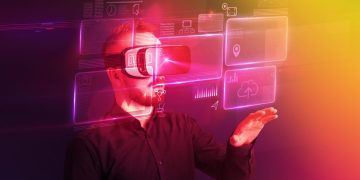
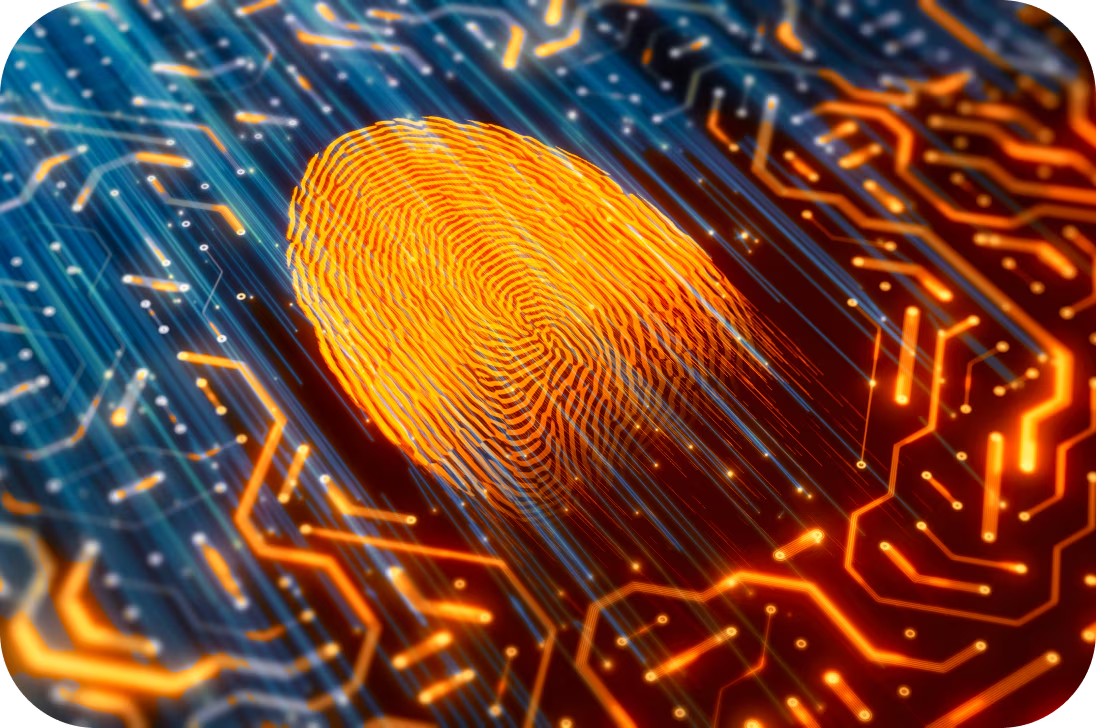
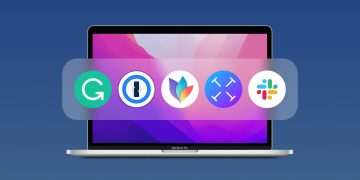









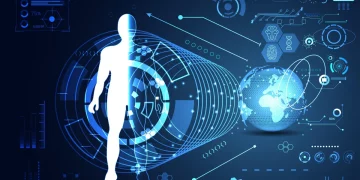




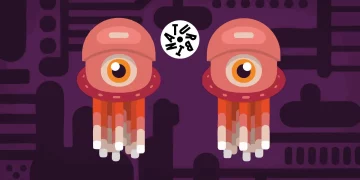











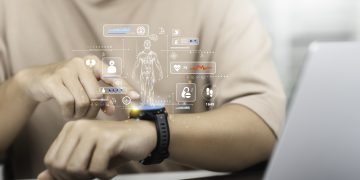
















Discussion about this post